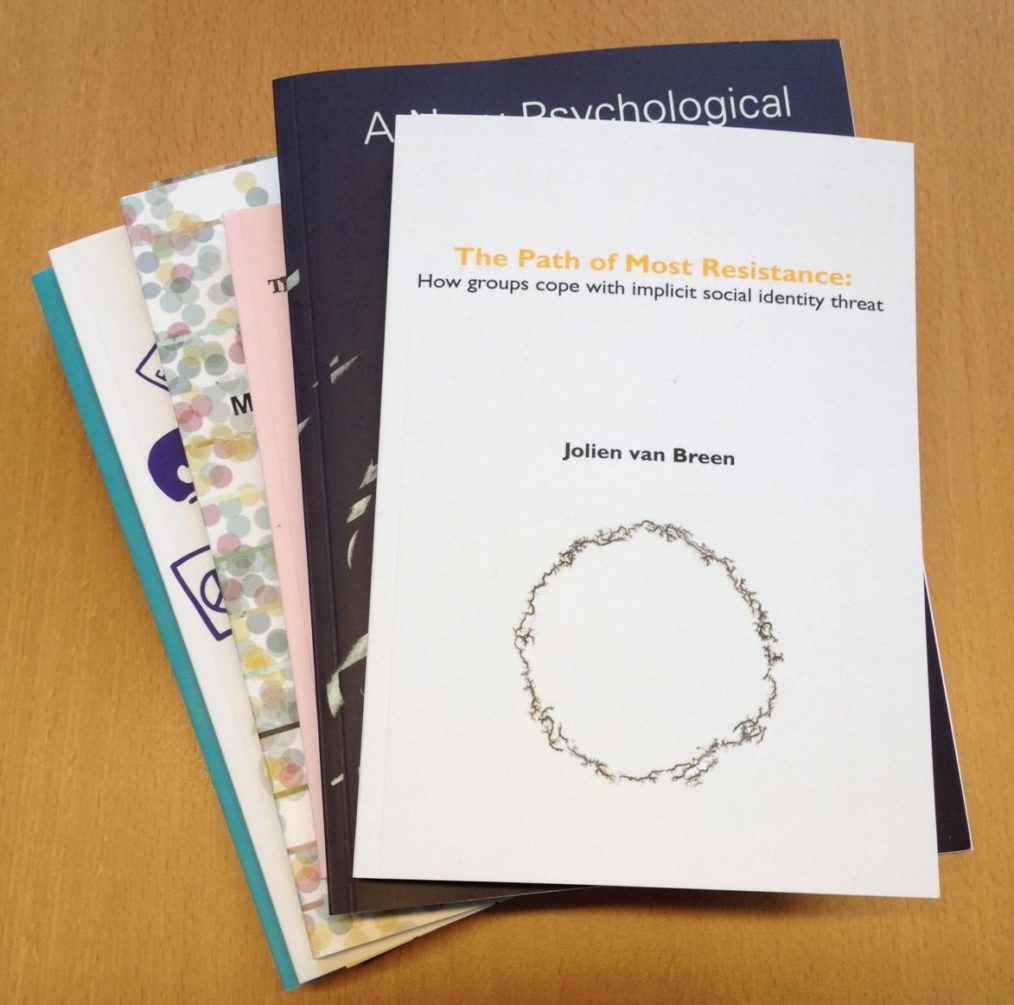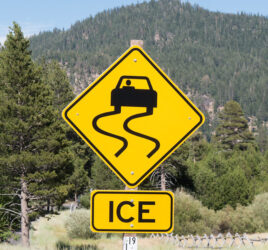
The Path of Most Resistance: Resilience amongst members of disadvantaged groups.
Social inequality is deeply ingrained in many societies, including our own. Disadvantaged groups include nearly all ethnic minorities, women, and the LGBT+ community, but also those with physical disabilities, and obese people. Members of disadvantaged groups are disproportionately likely to face poverty, reduced access to education (see http://nos.nl/nieuwsuur/artikel/2098882-ongelijkheid-in-het-onderwijs-vergroot.html), and poorer health outcomes (Creed, Hood, & Leung, 2012; Pickett & Wilkinson, 2010). Moreover, disadvantaged groups often face considerable prejudice and discrimination: members of these groups are considered less valuable and less worthy of concern than members of advantaged groups.
“Unfortunately, the fact that explicit devaluation is no longer acceptable does not mean that these processes have disappeared.”
In many Western societies, changes in societal norms mean that it is now becoming increasingly unacceptable to express stereotypes or prejudice explicitly. Unfortunately, the fact that explicit devaluation is no longer acceptable does not mean that these processes have disappeared. In fact, the social devaluation faced by members of disadvantaged groups can take very subtle forms (e.g. Pearson, Dovidio, & Gaertner, 2009; Voigt et al., 2017), and may even occur at the implicit level, that is, outside of conscious awareness. For instance, stereotypes of certain ethnic minorities as being criminal may lead people to clutch their belongings when a member of such a minority group passes them by. Likewise, we might consider the experience of a woman who is overlooked for a promotion at work, and praised by a neighbour for her efforts in the home. While neither of these experiences is in itself sexist, at an implicit level they may convey information about her suitability for certain social roles, in line with social stereotypes.
Resisting implicit stereotypes
In my PhD project, my co-authors and I were interested in how members of disadvantaged groups respond to such experiences, focusing specifically on the possibility of resistance against implicit stereotyping. Previous research into this issue has found that exposure to implicit stereotypes leads to stereotype-conformity, rather than resistance. Kray, Thompson, and Galinsky (2001), for instance, showed that when women were explicitly reminded of gender stereotypes in a negotiation setting, they became angry and countered stereotypes by performing better than their male peers. However, when gender stereotypes were implicit, women performed worse than their male peers, in line with stereotypic expectations. Based on such findings, previous research suggests that resistance to implicit stereotyping is not possible. However, this previous work on resistance has focused primarily on behaviours like protesting, or expressions of anger. Indeed, it seems unlikely that stereotypes that are present outside of conscious awareness will trigger such explicit responses. After all, if one is not consciously aware of the experience, what is there to be angry about?
“Previous research suggests that implicit stereotypes cannot be resisted, but resistance can take on different forms.”
In our work, we instead take a broader definition of resistance, and conceptualise it as any response that reverses or counteracts stereotypes. One important consequence of this definition is that conscious awareness is not needed for resistance to occur. Conceptualised in this way, resistance to implicit stereotyping can be compared to resistance in the physical immune system (vanDellen, Campbell, Hoyle, & Bradfield, 2011), fighting disease without the need for the individual’s awareness or conscious intervention. In sum, the central hypothesis of my PhD project was that members of disadvantaged groups are able to resist implicit stereotyping.
To examine this idea, we exposed participants to implicit stereotypes through a priming paradigm. Participants saw prime-target pairs, in which the prime was presented subliminally (outside conscious awareness). Stereotypical information was conveyed through the pairing of certain primes with certain targets. For instance, in a line of research conducted in Spain, the subliminal prime “Spanish” was paired with the target word “lazy”. Subsequently, we examined how participants responded to these implicit stereotypes.
“Women who are implicitly presented with stereotypes which presented women as less competent than men were more motivated to show their competence in domains that are considered masculine, like mathematics.”
Results from several lines of studies provide evidence for resistance to implicit stereotyping. For instance, we showed that implicit exposure to gender stereotypes can motivate women to show counter-stereotypical behaviour. More specifically, after exposure to implicit gender stereotypes which presented women as less competent than men, women were more motivated to show their competence in domains that are considered “masculine”, like mathematics. Likewise, in the context of national identity, implicit exposure to negative in-group stereotypes led Spanish participants to make more positive associations with their group. Taken together, these findings showed that, even when people were not consciously aware of stereotypes, they were able to resist them by counteracting the threatening information to which they were exposed.
Conclusion
The social devaluation faced by members of disadvantaged groups can take very subtle forms, and may even occur at the implicit level, that is, outside of conscious awareness. This project studies how members of disadvantaged groups deal with experiences of implicit stereotyping. We show that members of disadvantaged groups can develop psychological resilience, and resist implicit stereotyping. In doing so, this line of research shows that members of disadvantaged groups are more resilient than previously thought.
Jolien van Breen will defend her dissertation “The path of most resistance: How groups cope with implicit social identity threat” today at 12.45 in the Academy Building.
References
Creed, P. A., Hood, M., & Leung, L. Y. (2012). The relationship between control, job seeking, and Well‐Being in unemployed people. Journal of Applied Social Psychology, 42(3), 689-701.
Devine, P. G. (1989). Stereotypes and prejudice: Their automatic and controlled components. Journal of Personality and Social Psychology, 56(1), 5-18.
Kray, L. J., Thompson, L., & Galinsky, A. (2001). Battle of the sexes: Gender stereotype confirmation and reactance in negotiations. Journal of Personality and Social Psychology, 80(6), 942-958. doi:10.1037/0022-3514.80.6.942
Major, B., Quinton, W. J., & Schmader, T. (2003). Attributions to discrimination and self-esteem: Impact of group identification and situational ambiguity. Journal of Experimental Social Psychology, 39(3), 220-231.
Pearson, A. R., Dovidio, J. F., & Gaertner, S. L. (2009). The nature of contemporary prejudice: Insights from aversive racism. Social and Personality Psychology Compass, 3(3), 314-338.
Pickett, K. E., & Wilkinson, R. G. (2010). Inequality: An underacknowledged source of mental illness and distress. The British Journal of Psychiatry : The Journal of Mental Science, 197(6), 426-428. doi:10.1192/bjp.bp.109.072066 [doi]
vanDellen, M. R., Campbell, W. K., Hoyle, R. H., & Bradfield, E. K. (2011). Compensating, resisting, and breaking: A meta-analytic examination of reactions to self-esteem threat. Personality and Social Psychology Review, 15(1), 51-74. doi:10.1177/1088868310372950 [doi]
Voigt, R., et al. (2017). Language from police body camera footage shows racial disparities in officer respect. Proceedings of the National Academy of Sciences, doi:10.1073/pnas.1702413114



